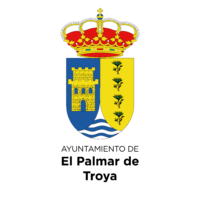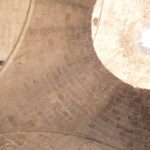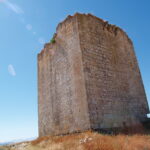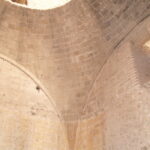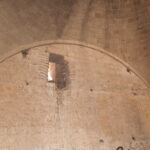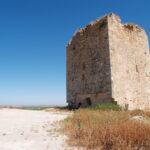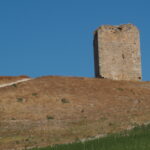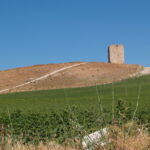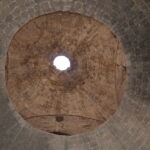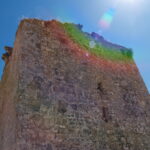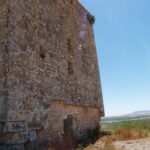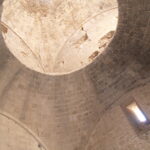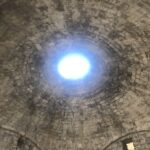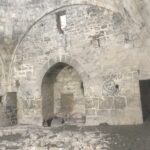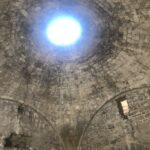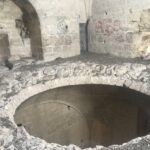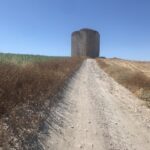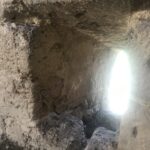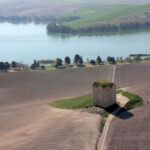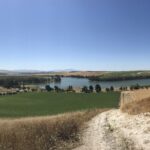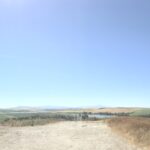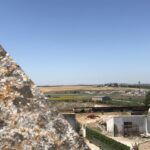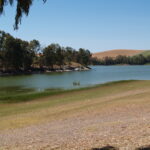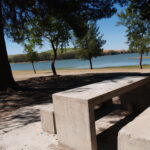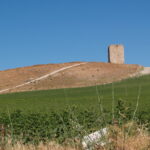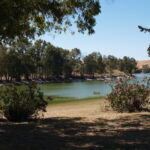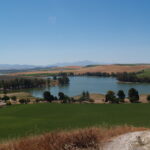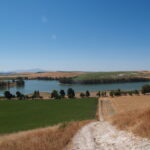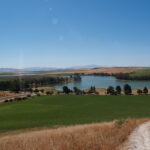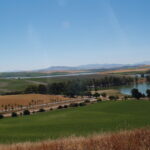History
The Torre del Águila is a watchtower that is about 7 kilometers from the town. It appears cited in the rearrangement of Alfonso XI (Ortiz de Zúñiga, p. 114, volume 2, edic. 1998), in 1348. At the head was a warden, appointed and paid by the Council of Seville (at the beginning of the fifteenth century this charged between 1,000 and 3,000 maravedís per year, paid at the end of the summer). In addition, the Seville City Council was in charge of the defense of the place (for example, 200 maravedís in 1402 to fix some doors of the tower) and military supplies (in 1406 shields, crossbows and 500 arrows were taken to the mayor). About 24 men were in charge of the defense. Its governor was authorized to exploit the surrounding land, so it is conceivable that there was an attempt to repopulate, under the protection of the tower, an area at that time located in the middle of the Moorish Band, where the olive trees by Muslims from Ronda were constant. In the documentation where it is mentioned throughout the 15th century, there are abundant shipments of weapons and supplies, as well as money for their maintenance, which demonstrates the strategic importance of the enclave. The tower stands on the remains of the ancient Roman city of Siarum, which extends to the town of La Cañada.
Eagle Tower
The exterior
The Torre del Águila tower, built in the 14th century, is located on a hill with good visibility to the north of the Torre del Águila reservoir and on the southwest side of the Cañada Real de las Mantecas and the Cañada Real from Seville to Ubrique. From the location of the tower we can see the Bollo tower to the southeast, the Troya tower to the west, and the Ventosilla tower (now demolished) to the north.
It is one of the optical towers or watchtowers that notified the presence of enemy armies by means of smoke and fire. The Torre del Aguila has a rectangular ground plan. It was built in masonry covered with parallelepiped ashlars. It consists of two floors covered by vaulted ceilings, which are in a process of increasing destruction as their respective keystones have recently been removed. Remains of its machicolations, doors and chimneys remain.
The tower has arrow slits and several ashlars with glyptograms and stonemasons’ marks. It is possible that it had an annex building in which the garrison was installed. Traces of posts can still be seen next to the entrance. This would explain why, in 1356, 50 neighbours settled here, possibly in connection with an attempt to repopulate and defend the site. It is likely that the ashlars were reused from Roman-period constructions, since the site would have been the site of the municipality of Siarum.
The inside
Access is through a low lintel door, facing west, which shows signs of having been walled up in another era.
The tower has two floors and in its center there is a wide hole that communicates with the outside, as if it were the classic impluvium of Roman houses. To the right of the entrance is a narrow staircase of worn and slippery steps. The first steps of it have disappeared.
Looking up at the ceiling, you see two magnificent domes on truly imposing pendentives. The vault is almost destroyed. At the level of the first floor there is a loophole on each side, as well as remains of machicolations on each of its flanks on the roof.
Being the warden’s chamber-dwelling and therefore more comfortable in theory, it had skylights.
Videos
Torre del Águila reservoir
Location
The Torre del Águila reservoir is located southeast of El Palmar de Troya, in an environment of small hills, with altitudes between 144 and 51 m, and gentle slopes. It has two main arms. The western arm receives the waters of the Santiago stream, while the eastern arm is subdivided into two, one of which is fed by the Guadainfantilla and Pilar del Coronil streams, and the other by the Salado de Morón stream. Although it is immersed in an agricultural area, the reservoir is surrounded by trees, mainly eucalyptus, and has some patches of tamarisk and grassland on its banks. Despite its artificial origin, the reservoir is of great interest from a landscape point of view, as it is located in a highly anthropized and monotonous area such as the Countryside. In addition, due to its proximity to the Doñana, Brazo del Este and Utrera Endorheic Complex wetlands, the Torre del Águila reservoir is a stopover and wintering place for a large number of waterfowl, including mallards, shovelers , common coot, pochard and malvasia.
Free access
Source: Catalog of Natural Areas of the Province of Seville. Provincial Council of Seville. 2012


Visit our Social Networks
Web subvencionada con los fondos para el fomento de la implantación de las tecnologías de la información
y la comunicación de los recursos e instalaciones turísticas municipales
(MUNITIC).
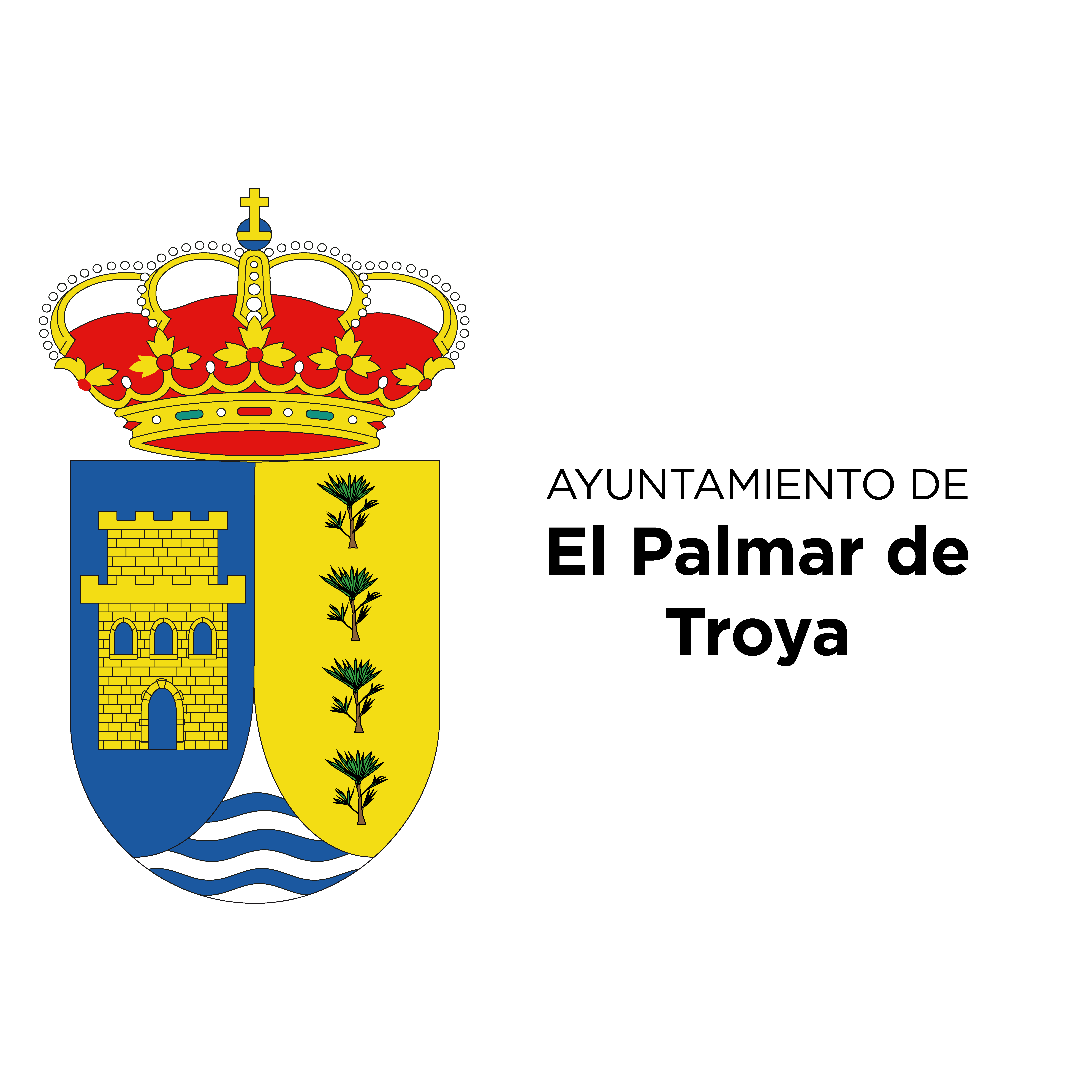
El Palmar de Troya City Council
Tourist Office
C/ Geranio S/N CP 41719
Mon – Fri: 8:00 am – 16:00 pm
